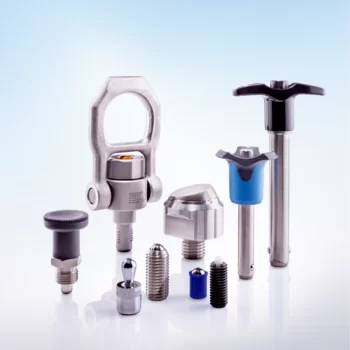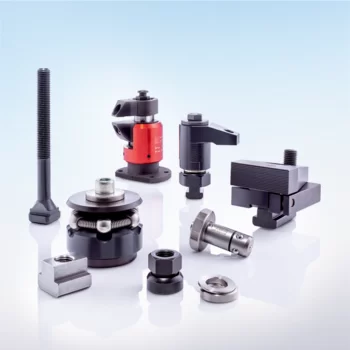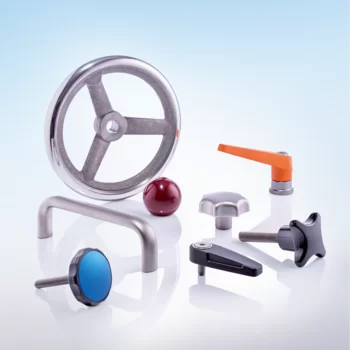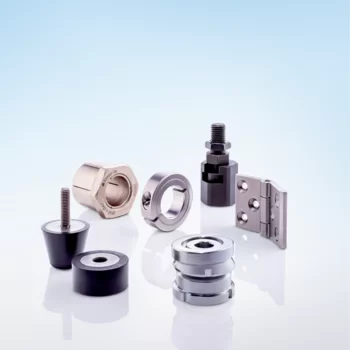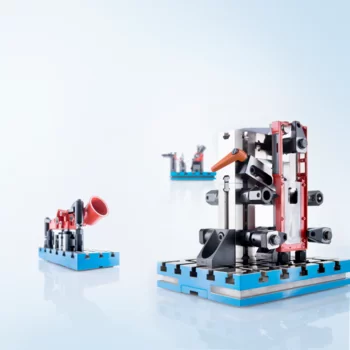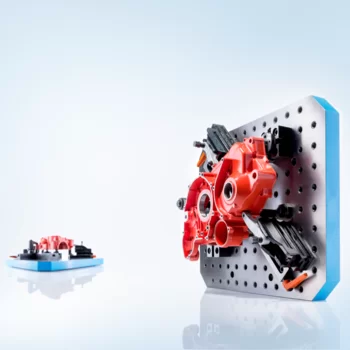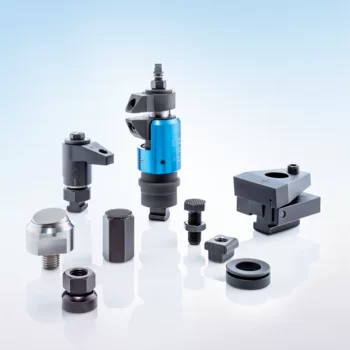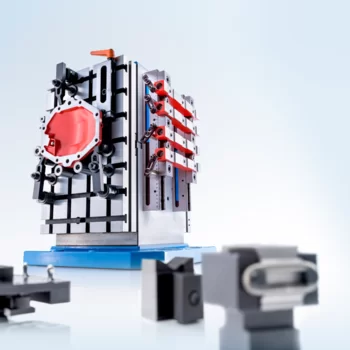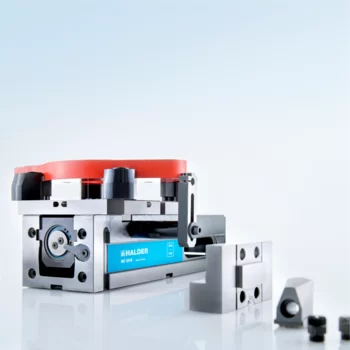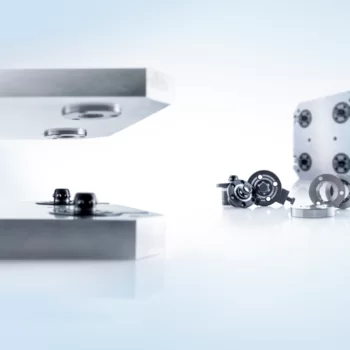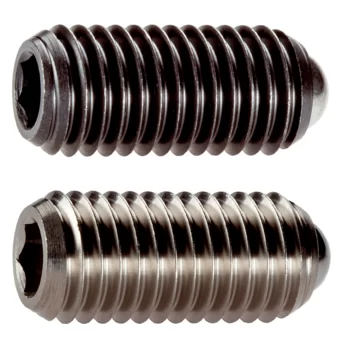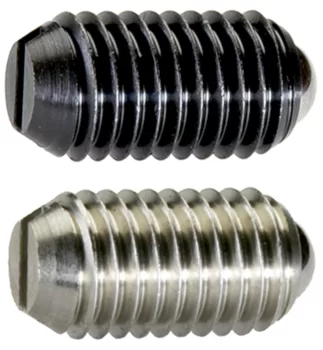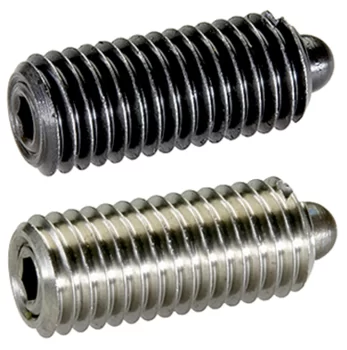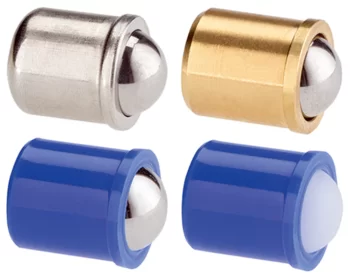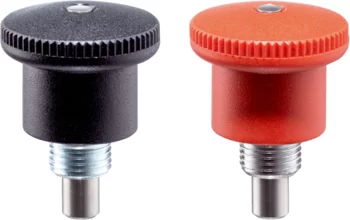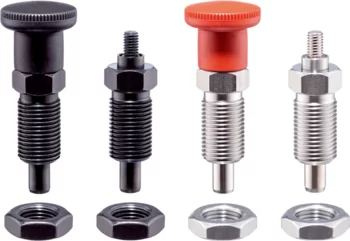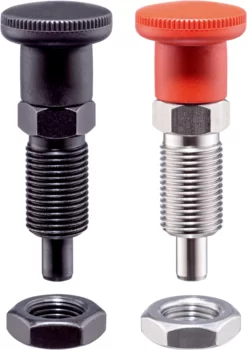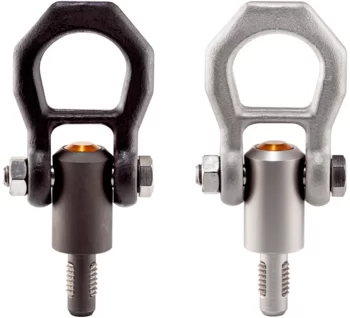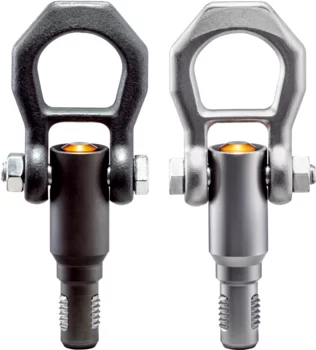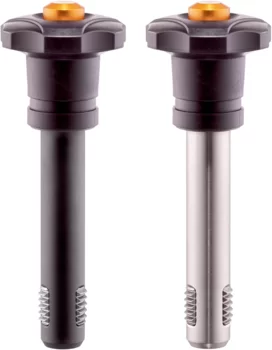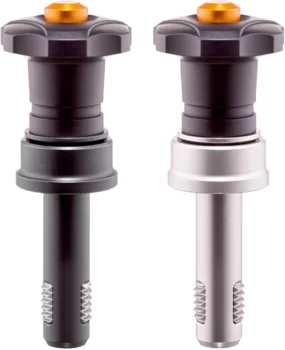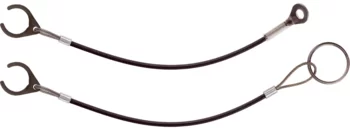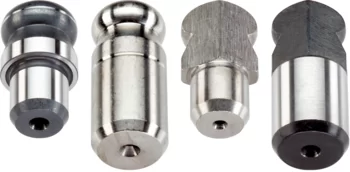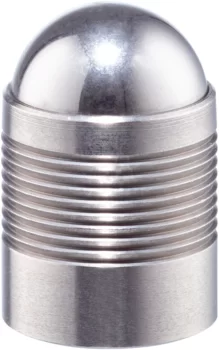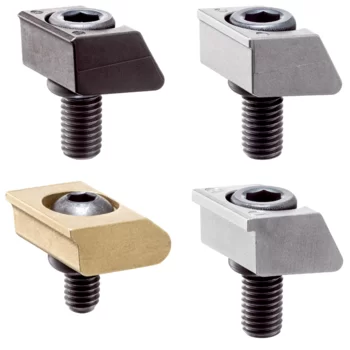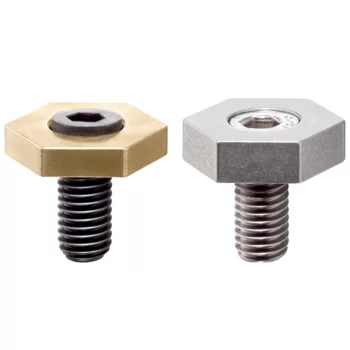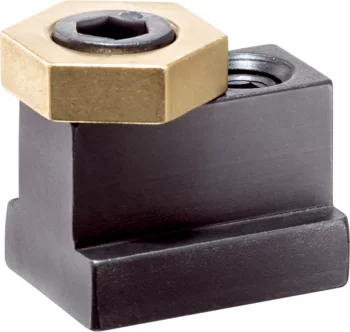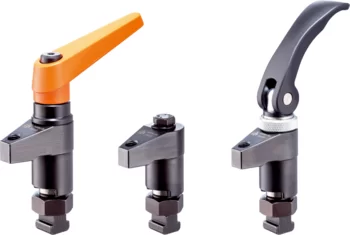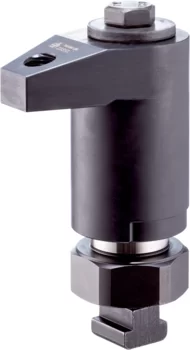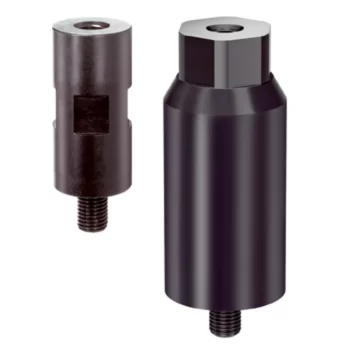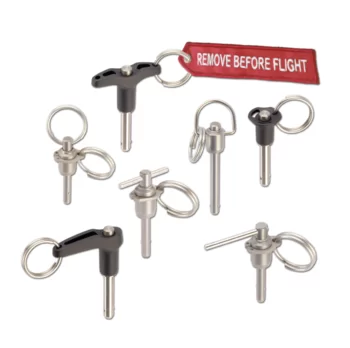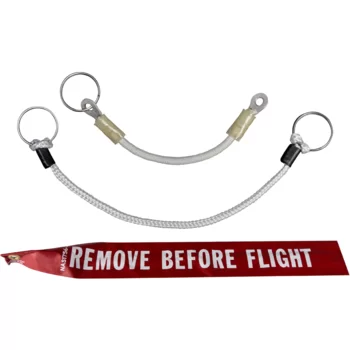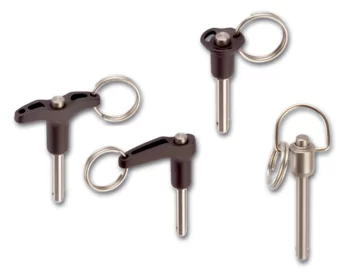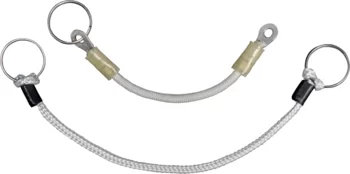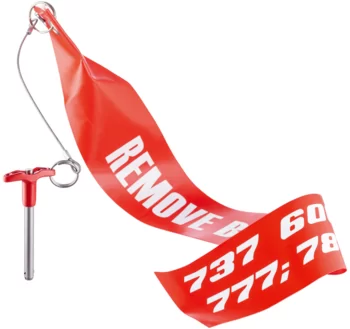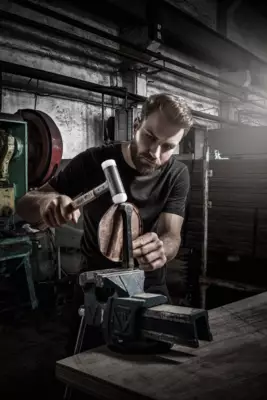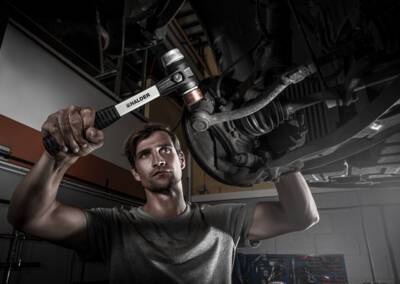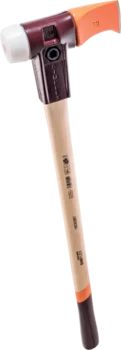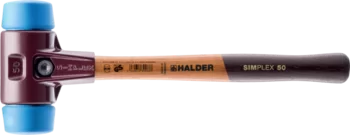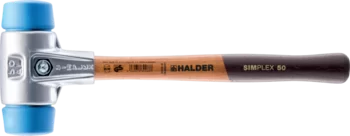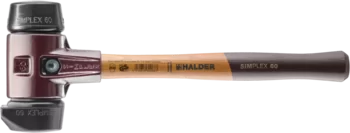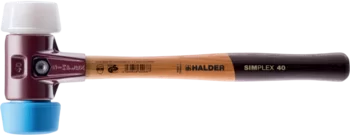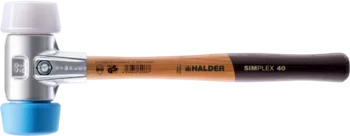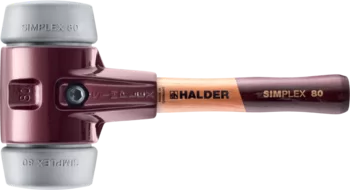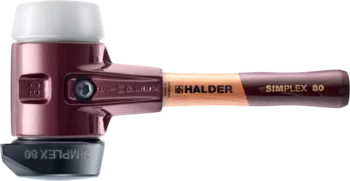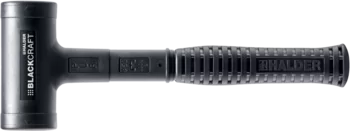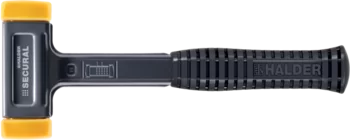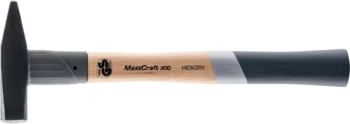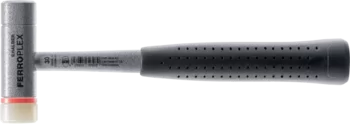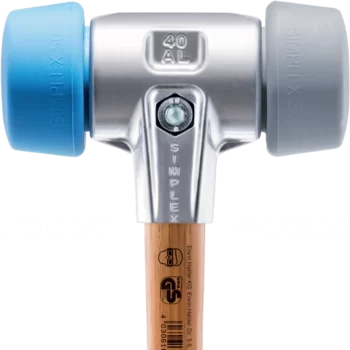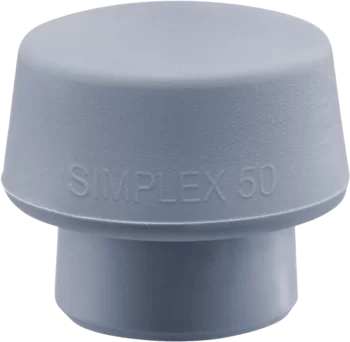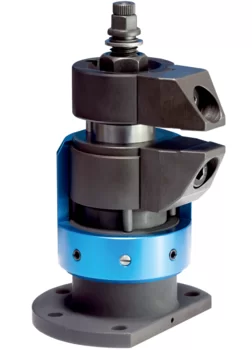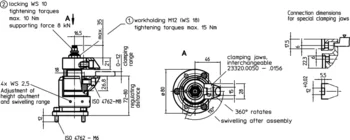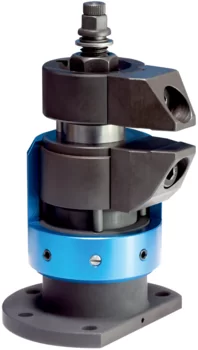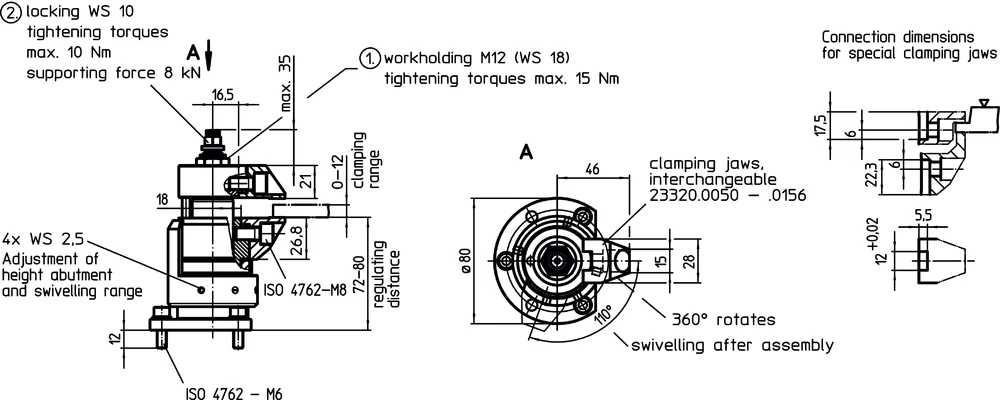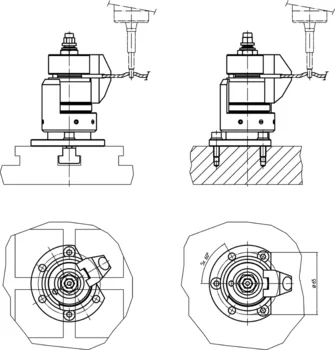-
Products
News
- Spring Plungers with ball and internal hexagon
- Spring Plungers with ball and slot
- Spring Plungers with internal hexagon
- Spring Plungers smooth, with collar and ball
- Index Plungers Mini Indexes
- Index Plungers Compact with hexagon collar
- Index Plungers Compact with hexagon collar and locking
- Threaded Lifting Pins self-locking
- Threaded Lifting Pins self-locking, for centre holes according to DIN 332
- Threaded Lifting Pins self-locking, with rotatable shackle
- Threaded Lifting Pins self-locking - INCH
- Threaded Lifting Pins self-locking, with rotatable shackle - INCH
- Threaded Lock Pins self-locking
- Threaded Lock Pins self-locking, with axial bearing
- Retaining Cables for threaded lock pin
- Locating Pins with ball end
- Expander® Sealing Plugs body and ball from stainless steel
- Pitbull® Clamps
- Eccentric Clamping Clamps
- Eccentric Clamping Clamps with slot tenon
- Down-Thrust Clamps swivelling, size 25
- Down-Thrust Clamps swivelling, size 60
- Positioning Rings for down-thrust clamp
- Height Adjusting Cylinders
- Centering Clamping Mandrels cylindrical
- U-Handles
- U-Handles front mounting
- U-Handles with support washer
- U-Handles
Further Information:Product Groups- Forestry Tools
- Accessories
- Promotional Boxes
- SIMPLEX soft-face mallets, cast iron housing
- SIMPLEX soft-face mallets, reinforced cast iron housing
- SIMPLEX soft-face mallets, aluminium housing
- SIMPLEX soft-face mallets, cast iron housing, with "Stand-Up"
- SIMPLEX soft-face mallets, cast iron housing, 50:40
- SIMPLEX soft-face mallets, aluminium housing, 50:40
- SIMPLEX soft-face mallets, cast iron housing, extra short handle
- SIMPLEX soft-face mallets, cast iron housing, with "Stand-Up", extra short handle
- BASEPLEX soft-face mallets
- SIMPLEX sledge hammers, cast iron housing
- SIMPLEX sledge hammers, reinforced cast iron housing
- SIMPLEX sledge hammers, cast iron housing, with "Stand-Up"
- SUPERCRAFT soft-face mallets
- BLACKCRAFT soft-face mallet
- SECURAL soft-face mallet
- SUPERCRAFT sledge hammers
- MAXXCRAFT Locksmith’s Hammer
- FERROPLEX Combi Hammer
News- SIMPLEX soft-face mallets, 50:40 TPE-soft / TPE-mid; with cast iron housing and high-quality wooden handle
- SIMPLEX soft-face mallets, 50:40 TPE-soft / TPE-mid; with aluminium housing and high-quality wooden handle
- SIMPLEX insert, 50:40 TPE-mid, grey
- SIMPLEX Plus Box Starter Kit SIMPLEX soft-face mallet D60, rubber composition with "stand-up" / superplastic as well as one TPE-soft and one TPE-mid insert plus bottle opener
- SIMPLEX Plus Box Starter Kit SIMPLEX soft-face mallet D80, rubber composition with "stand-up" / superplastic as well as one TPE-soft and one TPE-mid insert plus bottle opener
- SIMPLEX Promotional Box Automotive SIMPLEX soft-face mallet D40, copper / soft metal plus puncher
- BLACKCRAFT Promotional Box Automotive BLACKCRAFT soft-face mallet D60 plus Magnetic Holder
- Promotional Box Dreamteam Door and Window Construction SIMPLEX soft-face mallet 50:40, TPE-soft / TPE-mid and SECURAL plus soft-face mallet
- Service
- Newsroom
- Company
- Contact
Floating Clamps compact construction, separate clamping and locking M 12
EH 23320.
Floating clamps with separate clamping and locking are used to clamp and support additional clamping points on extremly pliable workpieces. Both, clamping and supporting force can be designed individually.
The benefits of the floating clamp are:
- Avoids vibration during the processing
- Clamps ribs, beads and shackles to reinforce clamped components
- Distortion-free clamping of raw parts
- Compact version with reduced height.
Your selection resulted in 1 hits
 [g]
[g]More details
Material
Adjustable body
- Aluminium, blue anodised
Body
- Case-hardened steel, nitrided, manganese phosphated and ground
Clamping jaws
- Case-hardened steel, nitrided, manganese phosphated
Notes
For specific clamping situations, the standard clamping jaws supplied can be exchanged or replaced (see catalogue drawing: screw ISO 4762 - M8 - 12.9, M max. = 43 Nm).
Assembly
- Mount the floating clamp onto the device (mounting holes for M 6, see drawing).
- Adjust the height limit stop and the rotating area with the sleeve, and clamp with set screw (4x WS 2.5). When setting the height limit upwards provide generous clearance (workpiece tolerance).
Operation
- Push the floating clamp downwards.
- Pivot the clamping jaws inwards.
- Release floating clamp. The bottom jaw contacts the workpiece with the force of the contact spring.
- Tighten the fixture nut (WS 18) (max. torque 15 Nm). The jaws clamp the workpiece - the clamp is still floating.
- Then tighten the hexagon collar nut (WS 10) (max. torque 10 Nm).
- The workpiece clamping process is complete.
- Releasing is performed in the reverse order: Release hexagon collar nut (WS 10) - release hexagon nut (WS 18) - pivot out the clamping jaws
- Floating clamp is in end position.
Accessories
As an accessory, we offer clamping jaws with an increased clamping range, refer to 23320.0050-.0058, as well as pivot jaws, refer to 23320.0148-.0156.
Further products
RoHS compliant
Contains lead - compliant according to exceptions 6a / 6b / 6c.
Contains SVHC substances >0,1% w/w
Contains lead - SVHC list [REACH] as of 23.01.2024.
Contains Proposition 65 substances

Lead can cause cancer and reproductive harm from exposure
https://www.P65Warnings.ca.gov/
Free from Conflict Minerals
This product does not contain any substances designated as "conflict minerals" such as tantalum, tin, gold or tungsten from the Democratic Republic of Congo or adjacent countries.
Contacts
Contact Standard Parts Contact Workholding Systems Contact Aviation Products RepresentativeContact Form
Information Material
Information material Standard Parts Information material Workholding Systems Information material Aviation ProductsNews
Have a look to our current new parts:
Spring Plungers Down-Thrust Clamps Expander® Sealing Plugs Mini Indexes & Index Plungers U-Handles